propagate long stem carnation....how ?
melindatx
18 years ago
Related Stories
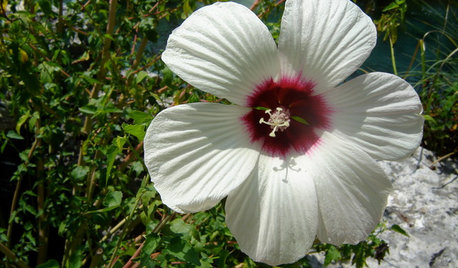
GARDENING GUIDESGreat Design Plant: Hibiscus Moscheutos
Crimsoneyed rosemallow is an ideal flowering perennial for wet sites and is ready to propagate now
Full Story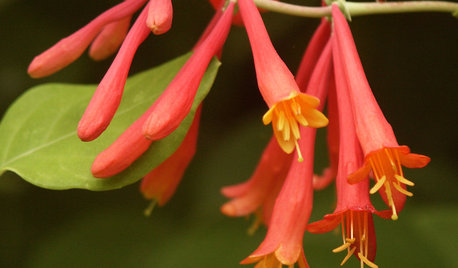
GARDENING GUIDESGreat Design Plant: Lonicera Sempervirens
Grow this long-blooming, flashy flowering vine to cover a fence or arbor and attract hordes of hummingbirds all season long
Full Story
PLANTING IDEASWant a More Colorful, Natural Garden? Try a Perennial Meadow
Spend less time tending and more time taking in the sights by improving on Victorian and prairie garden designs
Full Story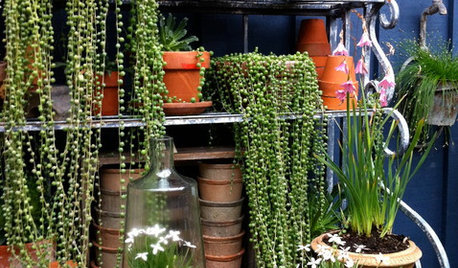
HOUSEPLANTSCascading Succulents Bring Fun Shapes to Your Indoor Garden
For eye-catching spillers with delicate beauty and minimal needs, it's hard to beat these 2 trailing houseplants
Full Story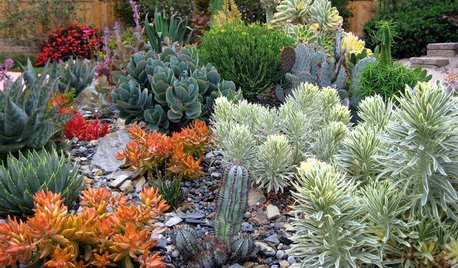
GARDENING GUIDESA Beginner’s Guide to Growing Succulents
Their easy-care reputation is well-deserved, but a little TLC will turn succulents into star plants
Full Story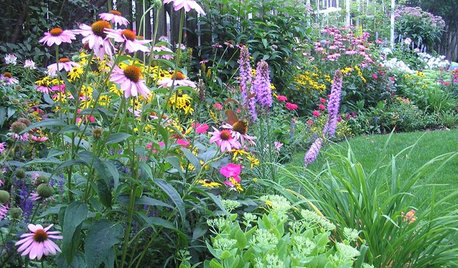
LANDSCAPE DESIGNTry Slow Gardening for Some Unexpected Benefits
Why set your garden on the fast track? Here's how to relax and enjoy it in an entirely new way
Full Story
DECORATING GUIDESImprove Your Style Fortune With Lucky Bamboo
Serve this versatile plant straight up or with a twist for auspicious living decor that thrives without soil
Full Story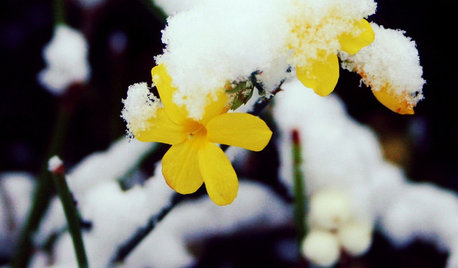
YELLOW FLOWERSGreat Design Plant: Winter Jasmine Gladdens Snowy Gardens
Sunny yellow flowers defy the frost, bringing cheer to the garden on gray days
Full Story
GARDENING GUIDES15 Native Flowers That Feed Native Bees
These perennials offer superfood to hundreds of bees and are gorgeous in their own right
Full Story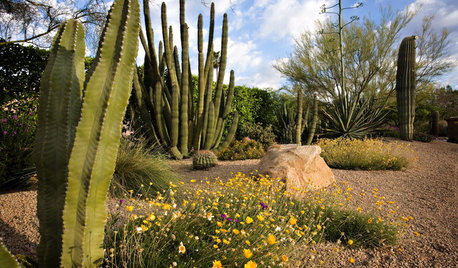
SOUTHWEST GARDENINGTall Cactuses Bring Drama to Southwestern Gardens
See how 5 columnar cactuses add a striking design element to warm-weather gardens, courtyards and entries
Full Story





ankraras
calistoga_al ca 15 usda 9
Related Professionals
Clark Landscape Architects & Landscape Designers · Brooklyn Center Landscape Architects & Landscape Designers · White Oak Landscape Architects & Landscape Designers · Belmont Landscape Contractors · Clark Landscape Contractors · Edwardsville Landscape Contractors · Hickory Hills Landscape Contractors · Mesa Landscape Contractors · Middletown Landscape Contractors · Midland Landscape Contractors · Placerville Landscape Contractors · Pomona Landscape Contractors · Ronkonkoma Landscape Contractors · Westchester Landscape Contractors · Northlake Landscape Contractorsken_adrian Adrian MI cold Z5
Nell Jean
Tom_w
wb_hotmail_com